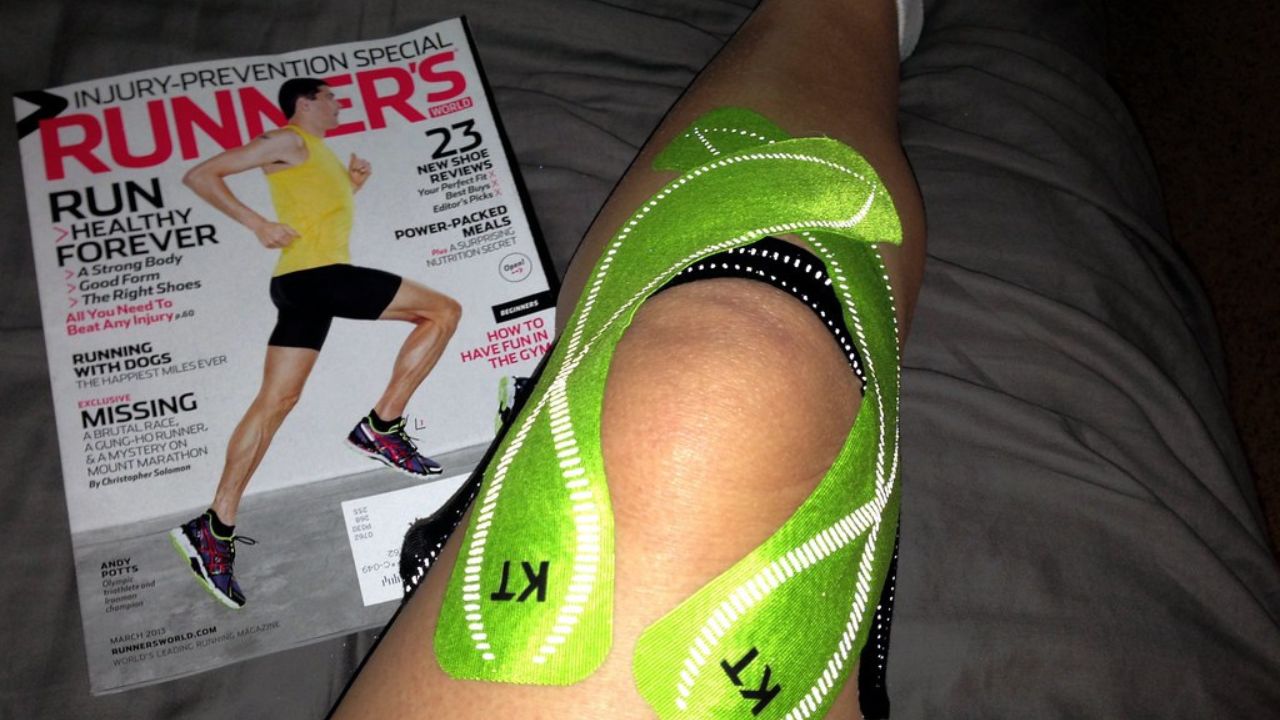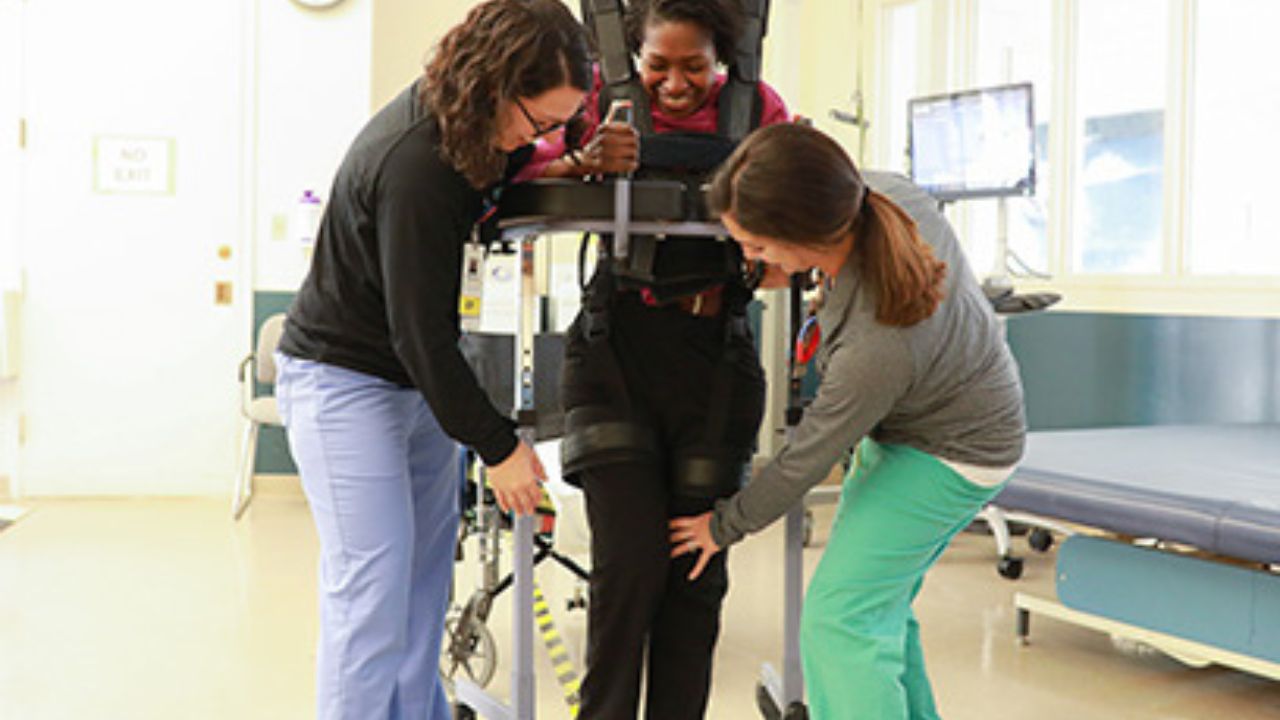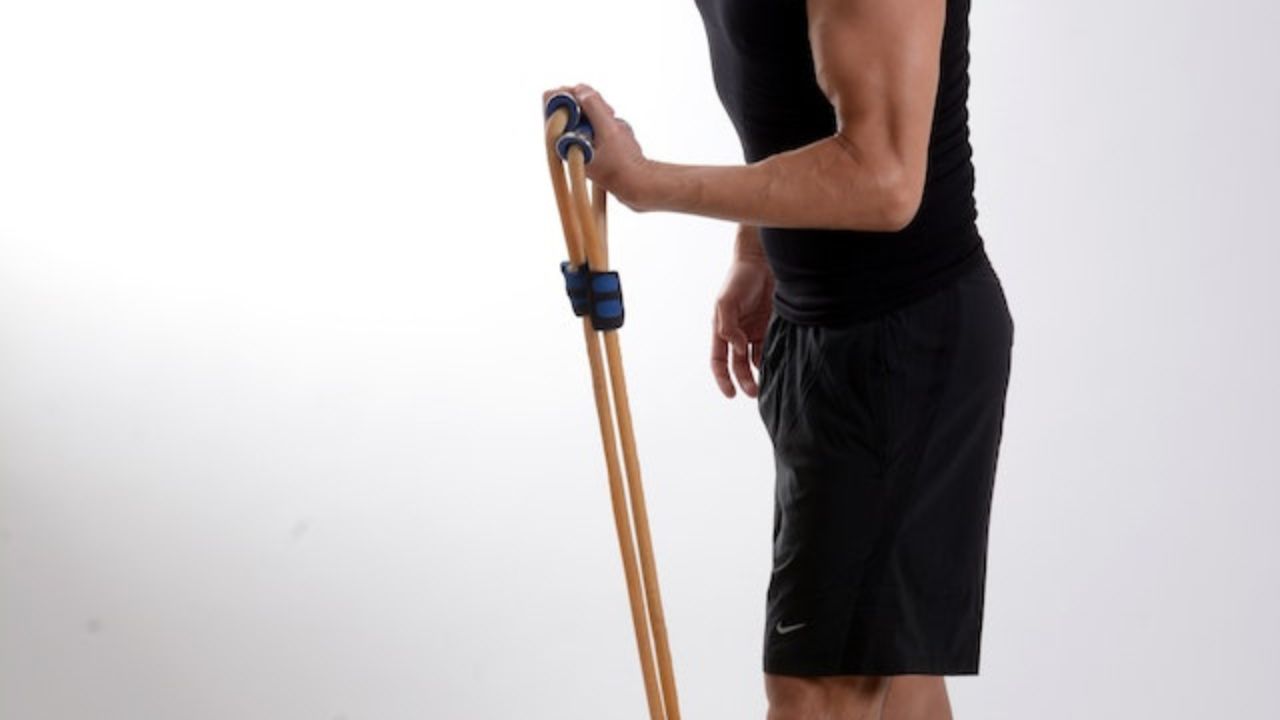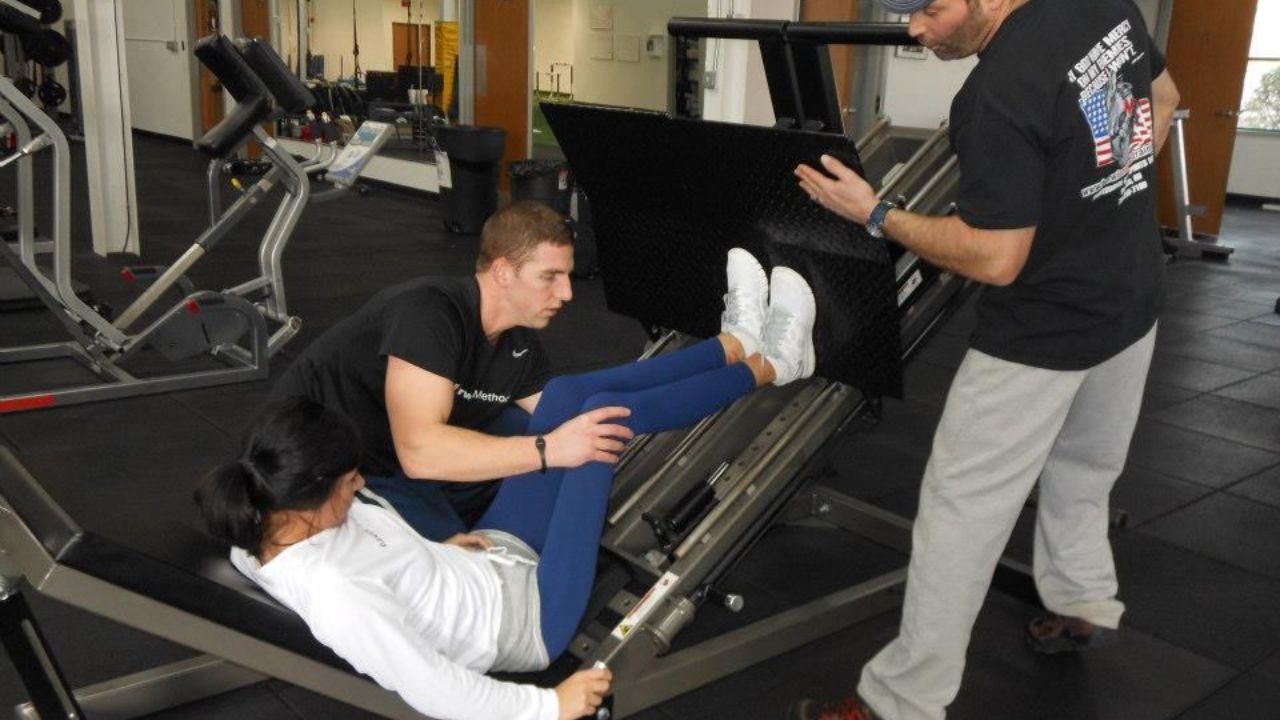
Welcome to the ultimate 12-step guide to creating a comprehensive sports injury rehabilitation plan.
In this article, we will provide you with invaluable insights and practical tips on how to assess injuries, set goals, design a custom plan, manage pain, and decide on appropriate therapies.
Whether you are an athlete, coach, or healthcare professional, this guide will empower you to develop an effective rehabilitation plan that ensures a smooth and successful recovery.
Let's dive in and unlock the secrets to a comprehensive sports injury rehabilitation plan.
Assessing the Injury
The initial step in developing a comprehensive sports injury rehabilitation plan is conducting a thorough assessment of the injury. This assessment includes evaluating the extent and nature of the injury, as well as identifying any underlying factors that may have contributed to its occurrence. By carefully examining the injury, healthcare professionals can gather crucial information that will guide the subsequent stages of treatment and rehabilitation.
This assessment also provides a baseline against which progress can be measured and evaluated. Throughout the rehabilitation process, healthcare professionals continually monitor the injured athlete's progress and make modifications to the treatment plan as necessary. This ensures that the rehabilitation program remains dynamic and tailored to the athlete's specific needs.
Setting Goals
To effectively guide the rehabilitation process, it is crucial to establish clear and measurable goals for the injured athlete. Goal setting provides a roadmap for the athlete's recovery journey and helps them stay motivated throughout the rehabilitation process.

When setting goals, it is important to ensure they are specific, measurable, attainable, relevant, and time-bound (SMART). Specific goals help the athlete focus on the exact areas they need to improve. Measurable goals allow progress tracking and provide a sense of accomplishment as milestones are achieved. Attainable goals should challenge the athlete without being unrealistic. Relevant goals align with the athlete's overall rehabilitation plan and desired outcome. Time-bound goals create a sense of urgency and help the athlete stay on track.
Designing a Custom Plan
When creating a custom plan for sports injury rehabilitation, it is essential to consider the specific needs and circumstances of the individual athlete.
An individualized approach is crucial to address the unique requirements of each athlete and ensure a successful recovery. This approach involves conducting a thorough assessment of the injury, considering the athlete's physical condition, past medical history, and personal goals.
By tailoring the rehabilitation plan to the athlete's specific needs, it maximizes the chances of a full recovery and prevents future injuries. Additionally, a treatment timeline should be established to guide the rehabilitation process.
This timeline outlines the stages of recovery, including initial rest and pain management, followed by gradually increasing exercises and activities.
A well-designed custom plan, based on an individualized approach and treatment timeline, will help the athlete regain strength, mobility, and confidence to return to their sport.
Pain Management
As athletes progress through their rehabilitation, it is important to implement effective pain management strategies to ensure a smooth and successful recovery. Here are four strategies to help athletes manage pain during their sports injury rehabilitation:

Medication Options: Consult with a healthcare professional to determine if any over-the-counter or prescription medications can help manage pain. Nonsteroidal anti-inflammatory drugs (NSAIDs) and analgesics are commonly used to alleviate pain.
Physical Therapy: Engaging in physical therapy exercises and techniques can help reduce pain and improve mobility. A trained therapist can provide guidance on specific exercises and stretches to target the injured area.
Alternative Treatments: Consider alternative treatments such as acupuncture, chiropractic care, or massage therapy. These treatments may help alleviate pain and promote healing.
Mind-Body Techniques: Practices like meditation, deep breathing exercises, and yoga can help athletes manage pain by promoting relaxation and reducing stress.
Deciding on Therapies
Several therapeutic options are available to consider when deciding on the most appropriate therapies for sports injury rehabilitation. The choice of rehabilitation techniques depends on various factors such as the type and severity of the injury, the athlete's physical condition, and the recovery timeline.
One common therapy used in sports injury rehabilitation is physical therapy, which focuses on improving strength, flexibility, and mobility through exercises and stretches. This therapy aims to restore normal movement patterns and reduce pain.
Another option is manual therapy, which involves hands-on techniques such as massage and joint mobilization to alleviate muscle tension and improve joint function.

Additionally, modalities like heat therapy, ultrasound, and electrical stimulation can be used to reduce pain and inflammation.
It is crucial to consider the recovery timeline when deciding on therapies to ensure a safe and effective rehabilitation process.
Frequently Asked Questions
Can I Continue to Participate in Sports While Undergoing Rehabilitation?
Participating in sports during rehabilitation can be possible depending on the type and severity of the injury. However, it is crucial to consult with a healthcare professional to ensure a safe return to sports after injury.
How Long Does It Typically Take to Fully Recover From a Sports Injury?
The average recovery time for a sports injury varies depending on several factors including the type and severity of the injury, individual healing abilities, adherence to rehabilitation protocols, and overall health condition.
Are There Any Specific Dietary Recommendations That Can Aid in the Healing Process?
Dietary recommendations play a crucial role in aiding the healing process of sports injuries. Consuming a well-balanced diet rich in nutrients, such as protein, vitamins, and minerals, can promote tissue repair and reduce inflammation. In some cases, nutritional supplements may also be beneficial.
What Should I Do if I Experience a Setback or Re-Injury During the Rehabilitation Process?
If you experience a setback or re-injury during the rehabilitation process, it is crucial to implement proper setback management and re-injury prevention strategies. These may include modifying your exercise routine, seeking professional guidance, and allowing sufficient time for recovery.
Are There Any Alternative Therapies or Treatments That Can Be Considered in Addition to Traditional Rehabilitation Methods?
Alternative therapies and complementary treatments can be considered in addition to traditional rehabilitation methods for sports injuries. These may include acupuncture, massage therapy, chiropractic care, and herbal remedies, among others. They can provide additional support and aid in the healing process.

 Mobility trainingHome Fitness RecoverySports Injury PreventionPersonal Physical TherapyOrthopedic SolutionsPrivacy PolicyTerms And Conditions
Mobility trainingHome Fitness RecoverySports Injury PreventionPersonal Physical TherapyOrthopedic SolutionsPrivacy PolicyTerms And Conditions
